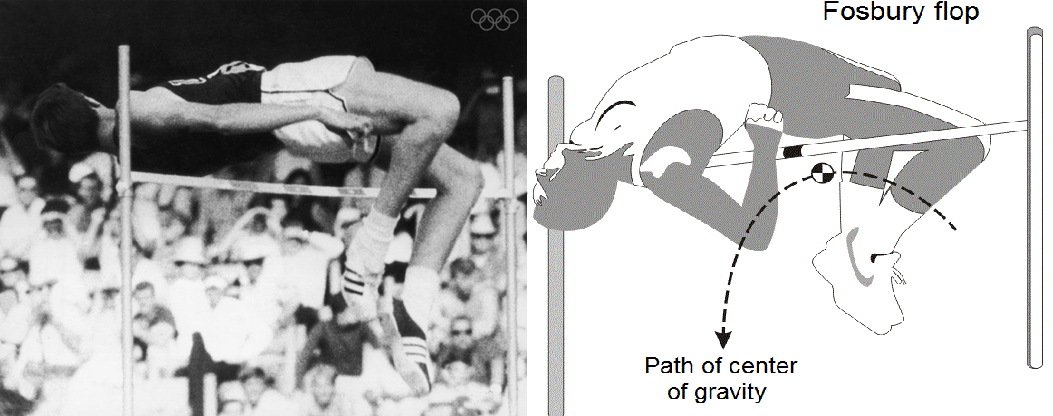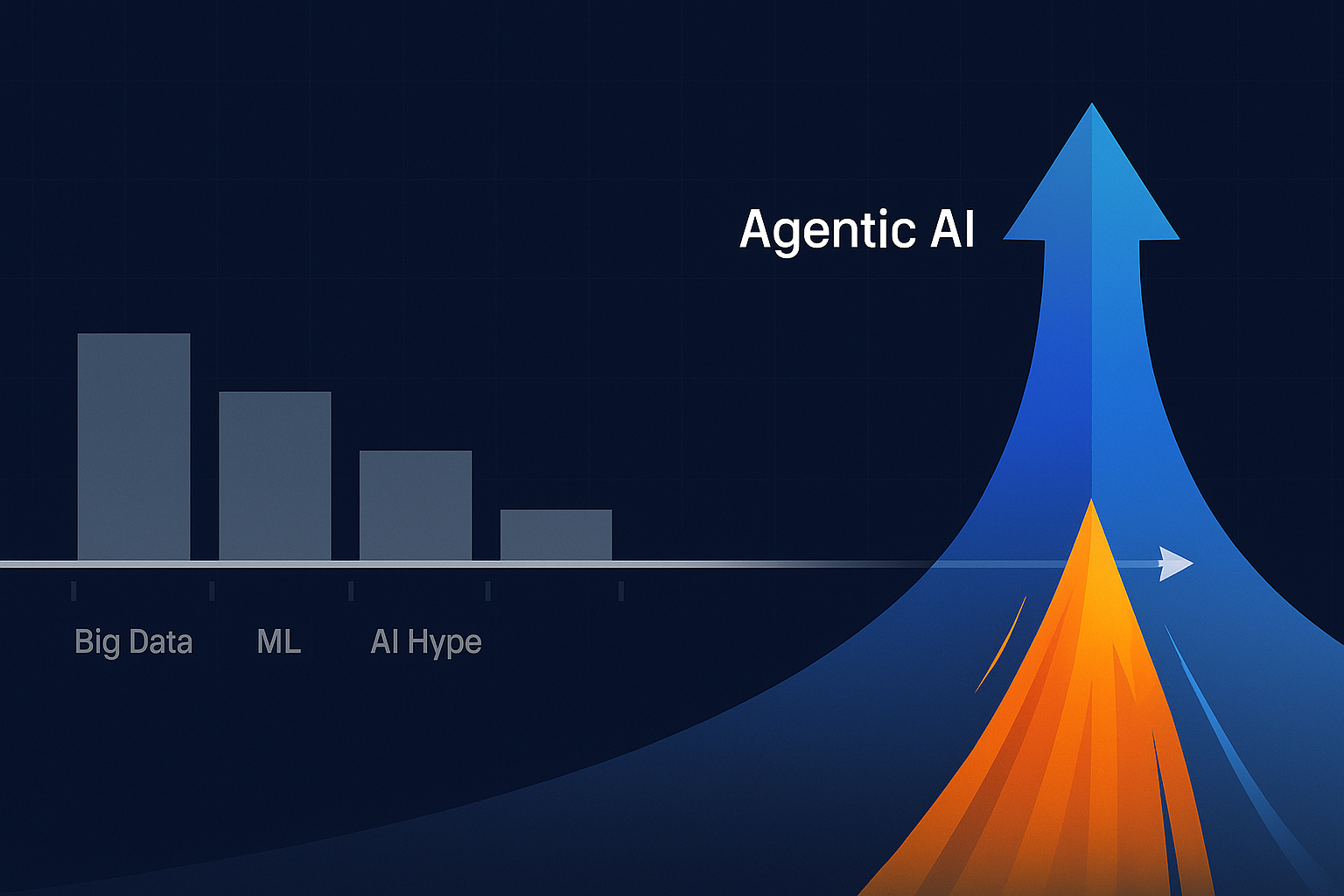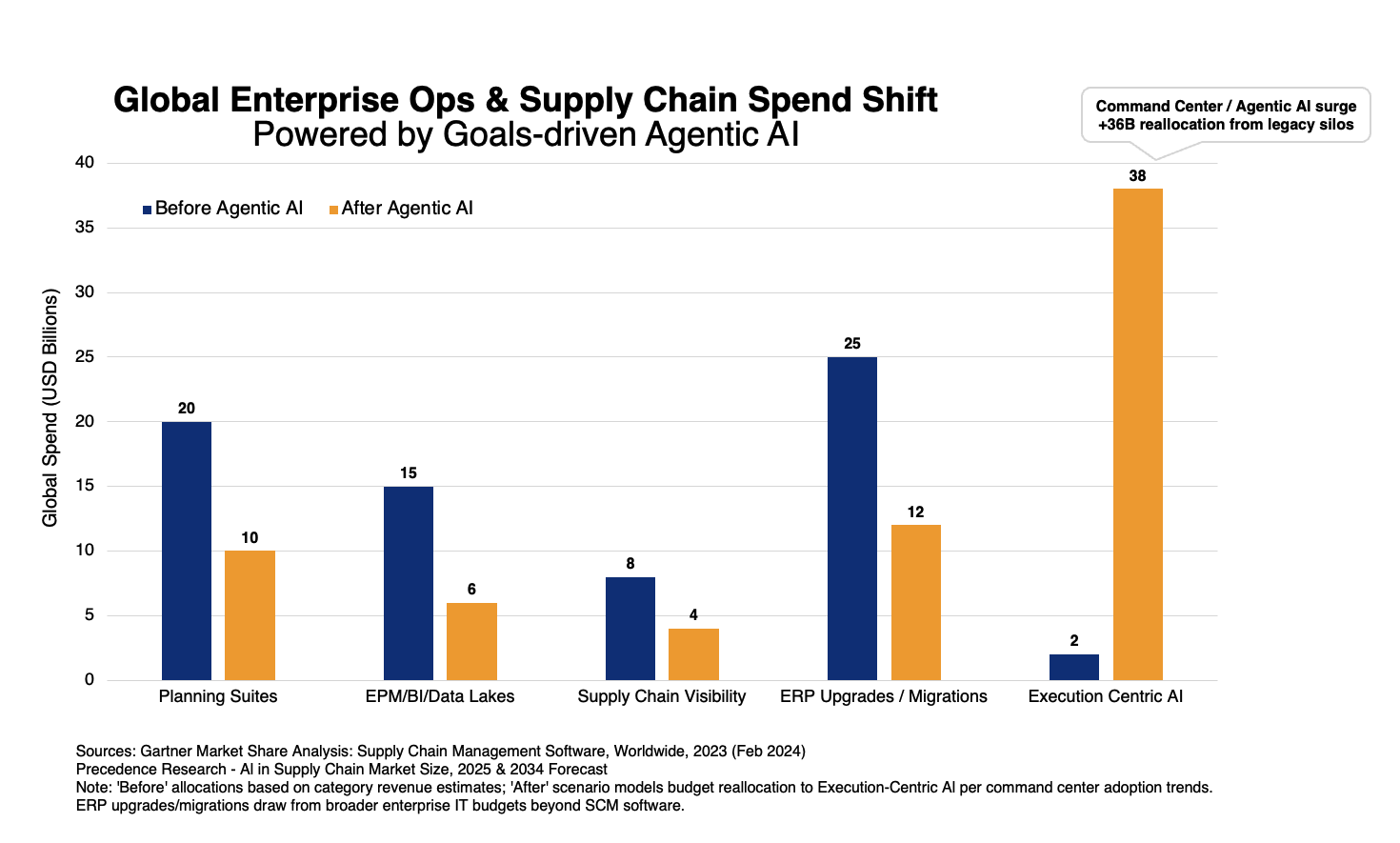Is your hunch the next Fosbury flop?

L: Dick Fosbury doing the “Fosbury Flop” to win the high jump gold medal at the 1968 Mexico City Olympics (Source: International Olympic Committee)
R: Illustration showing path of center of gravity in the Fosbury Flop (Source: Wikimedia Commons, Author: AlanSiegrist)
I think the soundest management advise I’ve heard is the old saw; “What gets measured gets done.” – Tom Peters
If you have been following competitive athletics, you will be familiar with the unusual way high jumpers go over the bar – backwards in an arch… almost slithering over the bar. It was not always like that. Till Dick Fosbury set an Olympic record in 1968 at Mexico City, the preferred technique was to jump facing the bar. Fosbury’s method allowed him to go over the bar even when his center of mass passed under it. While Fosbury’s story is rightfully celebrated, the role of his coach Benny Wagner is mostly untold.
Fosbury started off with the traditional methods but intuitively meandered towards the technique he pioneered. But perfecting it was another matter. That required extensive measurements and without Wagner’s diligence, success may have eluded. What path should he run in? How should it curve? How far from the bar should he take-off and how does that change with the height of the bar? Should he fling his arms? Wagner filmed his jumps allowing them to measure every change in technique and the corresponding change in the height he cleared. Soon, both homed in on the most optimal technique and the rest as they say is history.
Supply Chain initiatives are similar. Managerial instinct or intuition might be the starting point for a novel approach to solving a problem. But, given the number of moving parts, ready access to historic measurements is needed for quick validation and course correction. How often have you been in meetings where somebody airs an idea that gets debated till the cows come home? And how many such debates would have concluded in 10 minutes if the right information was tabled?
All of us know that ready information kills unnecessary discussions. But, in this era of ubiquitous information why is it such a challenge? The problem lies with the depth and breadth of details needed. Measures are typically available for certain predictable dimensions but dig a level deeper and there is a vacuum. For example, in a meeting about production interruptions, on-time performance of vendors will be readily available. Same can be said about 3PL timeliness data. But ask for timeliness for a certain 3PL with a specific vendor on a given route during winter, and IT will have to spin a new report. The result – fact based decisions make way for gut-based ones after endless debates. In every organization many great ideas have had premature deaths because scarce resources got channeled to mediocre ones.
What if measures could be distilled across a number of dimensions for any slice of time? Not just easy additive measures like revenue or costs, but also harder ones like orders unallocated despite available inventory, SKUs per order, fraction of orders blocked, allocator productivity and OTIF. Won’t that shrink many debates? More importantly, won’t that ensure that hunches are validated quickly and the credible ones are pursued?
That is what our customers get with the upcoming marriage between JUNI and our patent pending Process-Agnostic-Measure-Store (PAMS). It gives them the ability to monitor trends of pretty much any measure over a period of time. It is not merely an overview. They can drill-down and review temporal patterns for any measure of any slice of their business. How has my overall OTIF changed in the last 2 years? Are there notable changes that can be linked to different initiatives? Did Walmart’s OTIF penalty threats have an impact? Was it limited to shipments to the Bentonville beast or was there a lift across the board? Managers will be able to answer these and much more at the click of their mouse.
Process-Agnostic-Data-Store (PADS) with JUNI is helping managers get a handle on current issues in the supply chain. But improvement is not only about knowing where you are, but also about assessing progress over time and measuring effectiveness of actions, and then automating those actions through the supply chain. If you have an idea to propel your supply chain’s performance over the bar and keep costs well under it, the moment could not be more opportune. PAMS with JUNI will be your coach Wagner, tracking every metric at each stage to help you understand various levers and the impact that they are making. So, start measuring right away. It has never been this easy. Your hunch might be supply chain’s Fosbury flop. Here is to a faster and more robust supply chain! Supply Chain and Operations, powered @OpsVeda #AskJUNI







